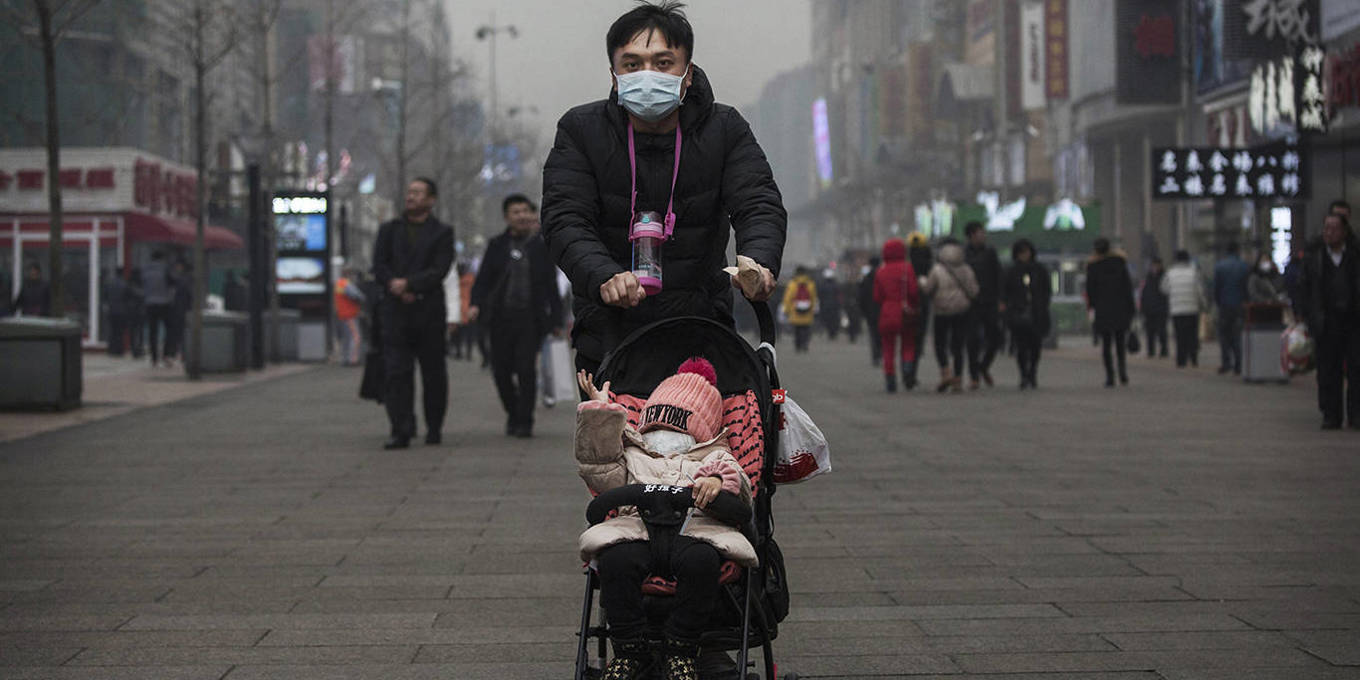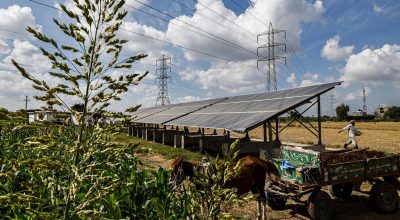
MADISON, WISCONSIN – China’s population decline, which the Chinese government officially confirmed in January, has led many observers to wonder if the country’s current demographic trends threaten its stability.
According to the National Bureau of Statistics, China’s population shrank last year for the first time in 60 years, nine years earlier than government projections had anticipated. The fertility rate (births per woman) fell to 1.0-1.1, well below the official forecast of 1.8. Most notably, the number of births dropped sharply to 9.56 million, the fewest since 1790, despite China’s shift to a two-child policy in 2016.
But this sharp drop in the number of births is an illusion caused by a gross exaggeration of pre-2020 numbers. For example, a sample survey from 2016 showed a fertility rate of 1.25 and only 13 million births, which was later inflated to 18.83 million. Similarly, the United Nations’ World Population Prospects report, typically regarded as a reliable source for estimates and projections of Chinese demographic trends, is wrong every time, without exception. The 2022 WPP suggests that China’s population began to decline last year (ten years earlier than its 2019 projection), whereas I estimate that the decline began in 2018. The latest WPP also predicted that China’s population would fall to 767 million in 2100, far below its earlier forecast of 1.065 billion.
WPP projections still overestimate China’s population. While the 2022 WPP puts the Chinese population at 1.43 billion people, I estimate that it is now smaller than 1.28 billion. Moreover, according to the WPP, there were 28.2 million births in China in 1990 and 17.4 million in 2000. Yet the 1990 and 2000 censuses put the number of Chinese births at 23.7 million and 14.2 million, respectively, as confirmed by the number of ninth graders in 2004 and 2014.
The 2022 WPP also exaggerates China’s future population, predicting a fertility rate of 1.31 for 2023-50 and 1.45 for 2051-2100. The fertility rate among Chinese in the region suggests otherwise. Hong Kong, Macau, Taiwan, and Chinese Singaporeans have all had average fertility rates of 1.0-1.1 – the lowest in the world – over the past two decades, despite local authorities’ pro-natalist policies.
China’s efforts to boost its fertility rate face three major challenges. First, the one-child policy has reshaped the Chinese economy, dramatically increasing the cost of raising children. China’s household disposable income is equivalent to only 44% of its GDP, compared to 72% in the United States and 65% in the United Kingdom. The Chinese housing market was valued at four times the country’s GDP in 2020, whereas the American real-estate market is valued at 1.6 times GDP.
Chinese policymakers now face a dilemma: if the real-estate bubble does not burst, young couples will be unable to afford to raise two children. But if the bubble does burst, China’s economy will slow, and a global financial crisis will erupt. Likewise, raising household disposable income to 60-70% of GDP in order to increase fertility could reduce the government’s power, undermining the economic foundations of its current “authoritarian at home and aggressive abroad” policy approach.
Given these difficult tradeoffs, Chinese policymakers might be more inclined to replicate Japanese policies to lower child-rearing costs, such as reducing school fees and providing convenient childcare, childbirth subsidies, and housing benefits to young couples. But Japan’s approach has proved expensive and ineffective: the country’s fertility rate received a temporary boost, from 1.26 in 2005 to 1.45 in 2015, before falling back to 1.23 in 2022. Moreover, because it is “getting old before it gets rich,” China lacks the financial wherewithal to emulate Japan.
There are both physiological and cultural reasons for China’s demographic crisis. With more women delaying marriage and childbirth, the country’s infertility rate has increased from 2% in the early 1980s to 18% in 2020. From 2013 to 2021, the number of first marriages fell by more than half, and by three-quarters for 20-24-year-olds. And the one-child policy, which had been in place for 36 years, has irreversibly changed Chinese views of childbearing: having one child – or none – has become the social norm.
The more recent the cohort of Chinese women, the less willing to have children they seem to be. One recent survey found that while the average number of intended children among women in China is 1.64, the average decreases to 1.54 for women born after 1990 and 1.48 for women born after 2000. For comparison, in South Korea and Hong Kong, the average intended number of children is 1.92 and 1.41, respectively (both fertility rates are roughly half the intended figures). If this declining interest in childbearing is any indication, China will struggle to stabilize its fertility rate at 0.8, and its population will fall to less than 1.02 billion by 2050 and 310 million in 2100.
Ancient China also experienced population declines due to war and famine, but recovered quickly, similar to blood loss with normal regeneration. Modern population declines, like aplastic anemia, are hard to recover from.
Even if China succeeds in increasing its fertility rate to 1.1 and prevents it from declining, its population will likely fall to 1.08 billion by 2050 and 440 million by 2100. The country’s share of the world’s population, which declined from 37% in 1820 to 22% in 1950-80, will fall to 11% in 2050 and 4% by 2100.
The effects of this population decline will be compounded by rapid aging, which will slow Chinese growth and likely increase government debt. The share of Chinese people aged 65 and older will rise from 14% in 2020 to 35% in 2050. Whereas five workers aged 20-64 supported every senior citizen aged 65 and older in 2020, the ratio will continue to decline to 2.4 workers in 2035 and 1.6 in 2050. By that point, China’s pension crisis will develop into a humanitarian catastrophe. Women, who live 6-7 years longer than men, on average, and are usually a few years younger than their spouses, will ultimately pay the price for this painful demographic shift.
Yi Fuxian, a senior scientist in obstetrics and gynecology at the University of Wisconsin-Madison, is the author of Big Country with an Empty Nest (China Development Press, 2013).
Copyright: Project Syndicate, 2023.
www.project-syndicate.org












